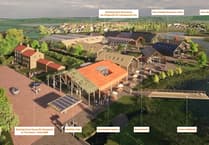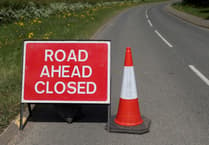WILD boar are tearing up the Forest's green verges more than ever before as wildlife rangers struggle to contain their numbers.
Kevin Stannard, deputy surveyor of the Forestry Commission said it takes three rangers tasked with the cull up to four times as long to track down boar to shoot than deer as their movements are so unpredictable.
The Forestry will fall short of its target to kill 150 per year at the end of March by 35.
Although boar breed all year round, the prime season coincides with lambing, and it will be in the spring and summer that the public and dogs will be most at risk from boar attacks as the hairy, sharp-tusked beasts seek to defend their young.
There is no legal contraceptive available to stem the boar's rapid breeding rate.
"We have just had a report of one sow seen with 20 newborn piglets," said Mr Stannard. "We believe the young came from two sows as they tend to travel in family groups. Up to 60 boar have been seen in one group."
The Forestry spends almost £100,000 per year on culling boar, primarily for the public's safety, and has just invested in new boar traps.
"Deer, sheep and squirrels do far more damage to trees, while boar encourage biodiversity by turning over the soil and allowing more wild flowers," said Mr Stannard. "But we are seeing the worst damage to the grassy verges yet.
"We are trying to control boar and get their numbers down to 90, but it's a constant battle because their numbers treble every year."
Mr Stannard told councillors in December there were 200 to 250 boar wandering the Dean, at a rough estimate. He also said poaching was a big problem.
He urged people never to feed boar. "If people feed them they become partly domesticated and will actively seek out people. There is plenty for them to forage for themselves in the woods."




